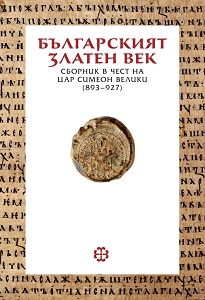
We kindly inform you that, as long as the subject affiliation of our 300.000+ articles is in progress, you might get unsufficient or no results on your third level or second level search. In this case, please broaden your search criteria.


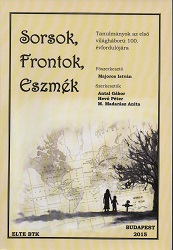
As to my personal project plan for the coming six years on the issue of present concern, I shall in the following present my hypothesis––a hypothesis which is about to take shape, while I am looking up for a moment from behind the heaps of books taken from my bookshelf. The reason why I shall submit my hypothesis at this stage is that I hope that you might prompt me––by expressing your appreciation or doubts to what you read––to advancing new perspectives and new ideas.
More...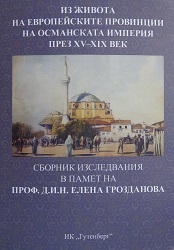
The paper presents in analytical way to Fund of the Ottoman documents about Mecca and Medina, kept in the collections of Oriental Department of the National Library "St St Cyril and Methodius". The documents are grouped in six main sections according to their content. The author presents in annotated form multiple documents of that fund. The paper includes an annex of the inventory of documents from fund Hijaz (Arabia).
More...
This article to challenge the notion of an entirely harmonious Christian-Orthodox parish that dominates the historiography of the Ottoman Balkans. The interrelations between Orthodox priests and their flocks are analyzed here in the light of the so-called Chronicle of Serres (ca. 1642), composed by Papa Synadinos, a Greek Orthodox priest and a member of the local Christian elite. It is claimed that two distinct images of the parish, quite opposite to each other, emerge from the text of the Chronicle. The first one is the image of the "ideal" parish, free of any conflicts between the priest and his parishioners. In the Chronicle it was exemplified with the parish of Papa Siderus, Synadinos' father, who has been portrayed as e perfect priest and a role-model for his time. This image, however, proves to be no more than a literary construct. Much more interesting is the second image representing the "real" parish led by Synadinos himself. It was depicted as a place where frictions between the "enlightened" priest and his flock were a common occurrence. The present study attempts to delineate the economic as well as the cultural (in the broadest sense of the word) cause which stood behind the constantly evolving tensions between laity and priests. It is argued that disagreements deepened even more due to options available to both sides to compete against each other by petitioning either to the Ottoman or the Church authorities.
More...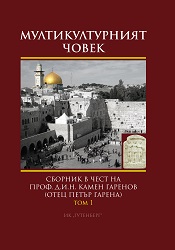
Stefan S. Dobchev was a noted Bulgarian public figure, scholar and statesman. Even in his early years he established contacts with the Russian Slavic societies. At the end of the 19-th century and the beginning of the 20-th century, when the blocks in the future world war were formed, he became an active participant in the movement for unity of Slav peoples. The idea was that they should not be placed in a confronting position in the world military conflict that that was forming. Stefan Bobchev was one of the active organizers of the Slavic associations of the intelligentsia and other such estates. Stefan Bobchev stood out as an active organizer and political figure in the field of the struggle for Slavic unity. Until the end of his life, he remained a firm believer in the unity of Slav peoples.
More...
The life and work of the Turkish journalist and publicist M. N. Deliorman, packed as they are with plenty of valuable information about the history of the Turkish community and the political history of Bulgaria, deserve to be reached. After presenting the most important points in the biography of M. N. Deliorman, this paper discusses in great detail his reports from Bulgaria, which he sent as a correspondent in the course of nearly two months directly after the coup on September 9, 1944.
More...
The Macedonian charity, cultural and educational fraternities in Bulgaria were established by the refugees from Macedonia who came to this country after Kresna-Razlog Uprising in 1878, the Illinden (St. Elijah's Day) Uprising in 1903, the Second Balkan War in 1913 and World War I. They originated on a purely fraternity basis with the aim of charity work, mutual support and preservation of family roots. The number of fraternities established by the refugees grew with their number in Bulgaria, running parallel to and enrichment of the forms of organization: clubs emerged, ephorie (boards of trustees), cooperatives, cultural and educational scocieties, orphanages, including banks such as the Macedonian Cooperative Bank and the Macedonian Popular Bank, and the Macedonian Research Institute among others. At the beginning of May 1934 there were about 540 Macedonian refugee structures established all acros Bulgaria with 50634 regularly reported members. The activity of the Macedonian fraternities was officially terminated with Decree № 130 of 1951 of the Presidium of the National Assembly. A special circular letter of the Ministry of Justice was issued whereby the company cases of the refugee organization were transferred to the regional and district courts where single-member panels presided. The decree of the Presidium transferred the entire property of the Macedonian charity fraternities and other Macedonian organisations to the newly-established Gotse Delchev Society in Sofia.
More...
The paper of the two authors essentially provides the academic, cultural and political audience with the opportunity to have contact with an authentic document which was preserved for over 40 years. It is a tale of what was heard, seen and particularly experienced in the 1970's in the relations between the two political colossi in Bulgaria at that time. The account of the meetings with Todor Pavlov and the facsimiles of the published documents provoke the way of thinking of contemporary times and the conclusions that can be made.
More...
Civilizational accumulations, the deformations of various nature and the need to rationalize them give rise to contradictory opinions about identical processes and events. Several Balkan authors are presented, as well as their views and methods and models they use. The Croatian DubravkaUgrešić and her painful nostalgia for the disintegrated Yugoslavia in 'The culture of Lies'; Turkish historian Fikret Adanir with his work on the Macedonian Question 'Die makedonische Frage. Ihre Enstehung und Endwicklung bis 1909', in which the leitmotif of the study is the principle of the Ottoman 'milliyet' system; as well as the book of Greek author Anastasia Karakasidou 'Fields of Wheat, Hills of Blood: Passages to Nationhood in Greek Macedonia, 1870-1990', first published in the United States. It speaks of the Bulgarians in Aegean Macedonia, as well as the fate of the Macedonian citizen Vladimir Paunovski and his report revealing the ideology of Yugoslavism and Titovism, which generated Macedonism and the Macedonian language. The paper also reveals the connection between their views and their attitude towards the doctrinal framework of Benedict Anderson's fundamental for modern anthropology work, 'Imagined Communities'.
More...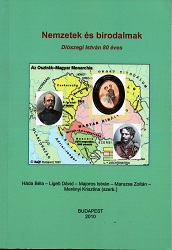
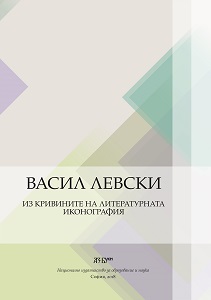
The paper discusses the models of memory, which the cycle of odes “Epopee of the Forgotten” by the Bulgarian poet Ivan Vazov and the cycle “Rhapsodies of the Bulgarian Gusle-player” by the Slovenian poet Anton Ashkertz offer to the respective national audiences. The analysis bounces off the provocation of the mutual “dislike” of Ashkertz and Vazov so as to project through the textual juxtaposition of the shared by the two poets literary icon of “Vasil Levski” the different functionality of their means of expression
More...
The year 1898 marked the first jubilee of Vasil Levski – 25 years since his hanging. The dynamics of political processes in liberated Bulgaria at the time present a rather interesting and particularly complex picture against the background of which this event unfolded. The stereotype of jubilee celebrations was yet to consolidate and this particular occasion – the anniversary since the death of the Apostle of freedom – makes visible the deep political contradictions inherited from previous historical realities. The manifestations of these contradictions can be seen in the press in 1898.
More...
The paper examines for the first time the initial reception of Vasil Levski’s image and significance in the British daily and weekly press in the period 1867 – 1908. Commencing with a curious case of the first appearance of his name in the British press, the paper focusses further on press contributions reporting on a series of Bulgarian state ceremonies and commemorative events that, on the one hand, function as rituals of state iconisation of the Bulgarian national hero Vasil Levski and, on the other hand, exploit his high status for political purposes. In its final part the paper presents the first critical voices in the British press against the political instrumentalisation of Vasil Levski’s image in Bulgaria.
More...
The essay attempts to juxtapose and analyze the divergent and often contradictory stories accompanying Vasil Kunchev’s path into and out of monasticism, his subsequent religiosity, and his Christian consciousness. It outlines the image of a man experiencing doubts and inner conflicts but preserving his faith. His letters and proclamations clearly reveal how the knowledge of Christianity he had received and his life of faith shaped his revolutionary philosophy.
More...
e need to segregate the true historic personality of Vasil Levski in his undisputed role and pivotal mission of Bulgarian national hero, from the mythical images created by the idiosyncratic viewpoints in different sociopolitical layers of time. The text duly justifies the need to rediscover the real personality of the Bulgarian Apostle of Freedom. The academic study follows the ideological transition of Vasil Levski from conservative nationalism, towards the liberating revolutionary nationalism of the Bulgarian Revival period. The study takes into consideration the indirect ideological impact of Giuseppe Mazzini over Vasil Levski, and follows up the unique application of the Mazzinist concepts of revolutionary nationalism in the specific Bulgarian conditions.
More...
The article at hand deals with projections of Vasil Levski’s image in the self-consciousness of Bessarabian Bulgarians. The resettlement to Bessarabia took place long before the formation of Bulgarian semiological system and significantly prior to the appearance of the Vasil Levski culturologem as its substantial construct. Even though historically the diaspora has come a long way full of assimilation threats with public education in Bulgarian only becoming possible by the end of 1980’s, and the cultural processes together with the interethnic environment being very different from those in the metropolis, still the ethnocultural coordinate system of the young generation of Bessarabian Bulgarians (revealed by means of a directed associative experiment) holds the image of Vasil Levski as a key culturologem for the Bulgarian segment of personosphere of the 10th generation of Bulgarian immigrants in Bessarabia.
More...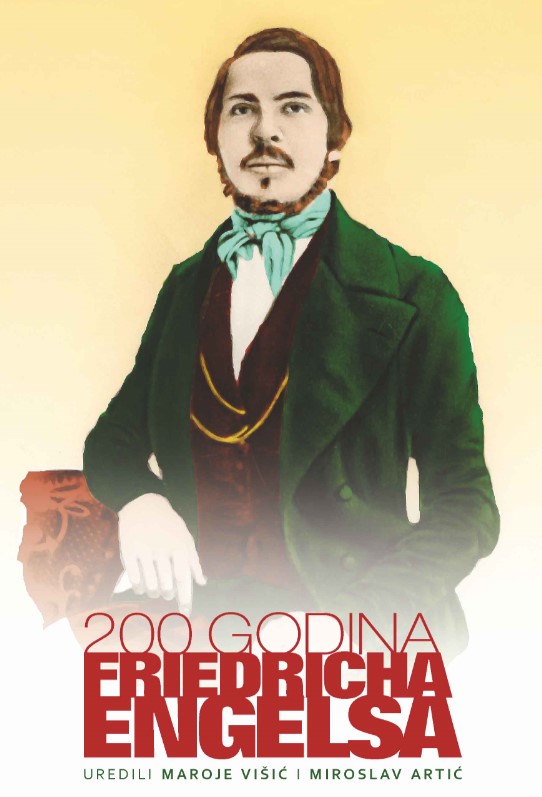
The paper aims to examine how Friedrich Engels was assessed in encyclopedias, professional lexicons and philosophy textbooks at the time when Croatia was a constitutive part of the former Yugoslavia. The methodological basis for the perception of Engels in Croatia is positioned within the framework of a predetermined concept according to which socialist culture was to be built in Yugoslavia, in all its parts, in the spirit of the ‘socialist worldview’ asserting ‘socialist values’. (Viskovic 2001). The aim of this paper is to evaluate this specific political and cultural period, marked by systematic attempts to create a comprehensive encyclopedic knowledge that would shape and finally define the dominant cultural and political sign empowered by Engels’ work. At the same time, its symbolic power had the task of illuminating the direction for the construction of complex Yugoslav socialist culture. This is only a sketch, but also an incentive for a more complex research of this unique conceptual project on the construction of socialist culture.
More...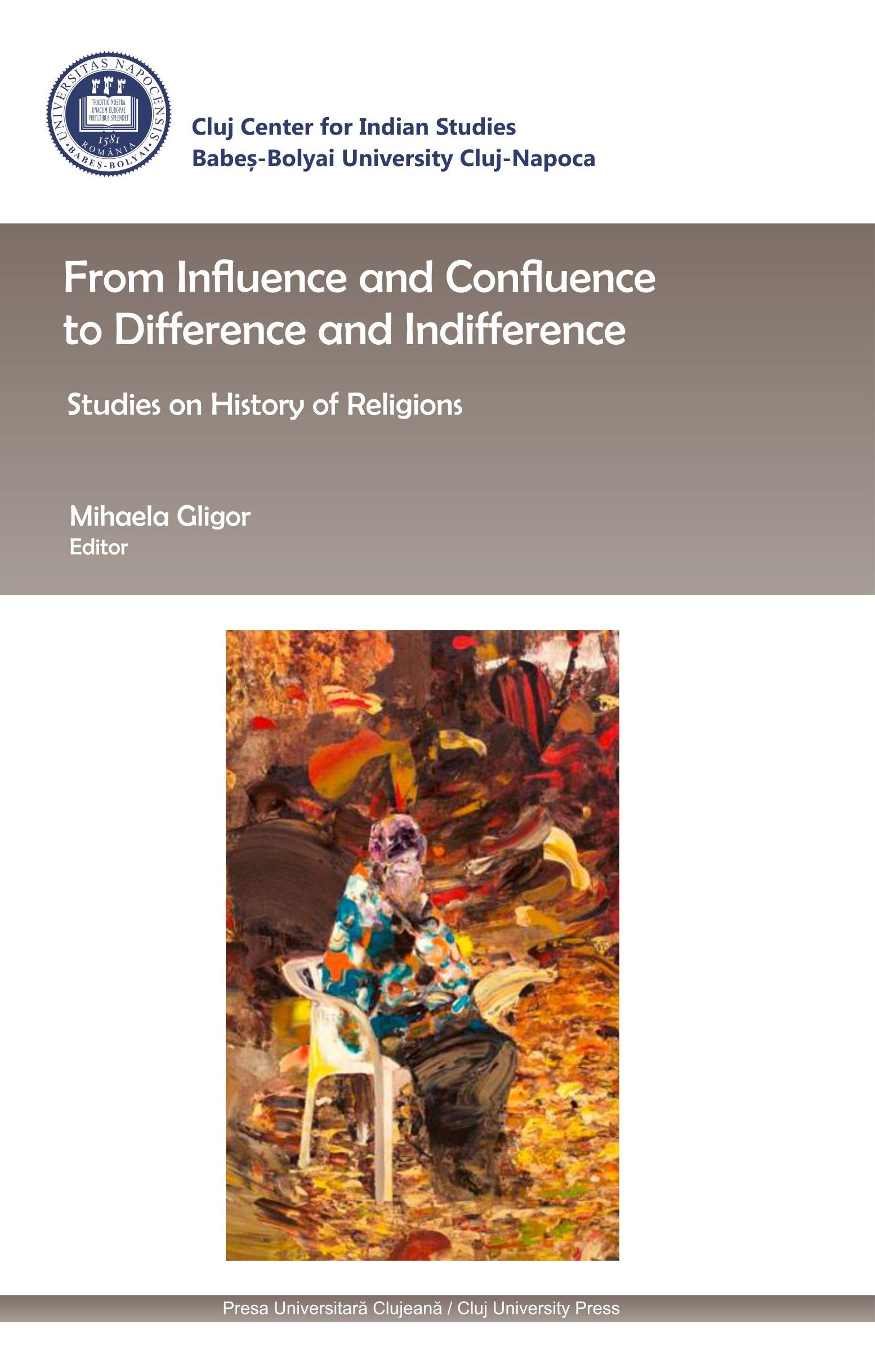
The academic discipline of the history of religions is intrinsically interdisciplinary, and perhaps in a position to contribute particularly useful insights to the dialogue across academic boundaries. This essay is intended to present a very thin slice of cultural responses to our contemporary condition, and to suggest a few possible resources for analysis of them.
More...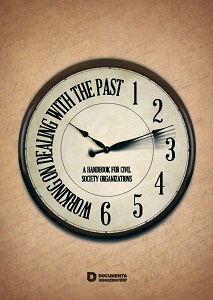
When talking to people from different sides of social divides, I have witnesses the fact that piety to ‘their’ victims is needed in order to establish normal relations with the living. As a child, I heard a neighbour, who lost her husband, saying that she expected the public not only to talk about fascist camps, such as Gonars to which my grandfather was taken from occupied Ljubljana in 1942, but also of prisons such as the one in which she herself was imprisoned after WWII in 1945. She wished that her suffering, from the hands of repressive institutions of that time, to be also remembered. Today we remember that some soldiers, who themselves were victims of Nazi crimes and prosecuted as partisans and communists, after the war became themselves violent prosecutors and torturers. Although emphasizing piety to all innocent victims is slowly becoming a widely accepted standard of political correctness, few countries have approached the ideal of overcoming divisions into ‘our’ and ‘their’ victims, in which conditions have been met to investigate circumstances of death and memory of all who had suffered.
More...